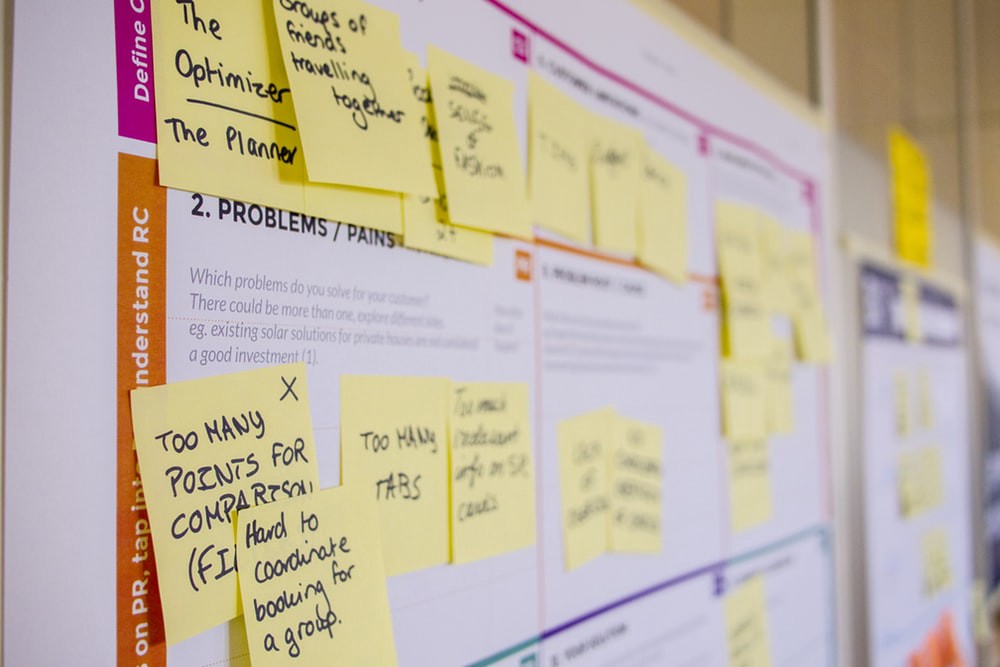
A piece of writing I have always been very fascinated with is this article published more than 10 years ago in 2006 on NN/g that still manages to really capture the idea of Corporate UX maturity.
When I first started out in the industry not that long ago, I found myself a bit disappointed that most business decision makers did not seem to value UX and similar design/research work as much as I was led to believe from educational resources. But even now after a few years working on many different projects, it seems that it’s actually quite rare for the average organization to truly understand and trust in user-centered design.
Level 6 on the maturity scale states “By stage 6, usability is no longer a magic potion that’s sprinkled over the user interface at the last minute” which is something I have only seen a small handful of very successful organizations achieve. While it’s clear that design teams from companies like Google, Apple, Shopify, IBM, Salesforce (and many more) have been able to successfully integrate the design process and cement the value of user-research, not every team has the resources to do the same.
This does not mean doom and gloom for the myriads of designers out there working at companies at a lower level of the maturity scale. If anything it signifies there are plenty of opportunities out there. Luckily, thought leadership in the field has managed to shift most organizations past the first stage of “Hostility Toward Usability”. At the second stage “Developer-Centered User Experience” most teams don’t have someone in a formal design role. Therefore where most organizations fall is the third stage, “Skunkworks User Experience”.
This stage is where the ball gets rolling and we start to see the value of the design process. The difference a handful of user tests and research initiatives can make is very impactful at this stage. Many designers will find themselves in a role where they may be the only designer on a team and tasked with shouldering the entire burden of the user experience. Not only must they push for more design buy-in, but they also need to continuously prove the correlation between user research and measurable business objectives.
At this level the phrase “this is the best we can do with the resources we have” is heard often, because despite good intentions, the lack of buy-in, time or resources will result in compromises to the usability of a product due to technical, financial and time constraints.
A designer in this situation treads the fine line between defending the user’s needs and a project’s resources. Is it worth it to push the MVP delivery date back by 3 months to include a better custom search experience when a slightly less usable one suffices?
The jump from stage 3 to 4 is probably one of the biggest ones where there just needs to be enough buy-in to establish a fledgling design process. The opportunities to really grab on to an internal thought leadership role exists between these stages where effective documentation, communication skills and delivery of results can really help advance the skills of a designer and the priorities of an organization.
